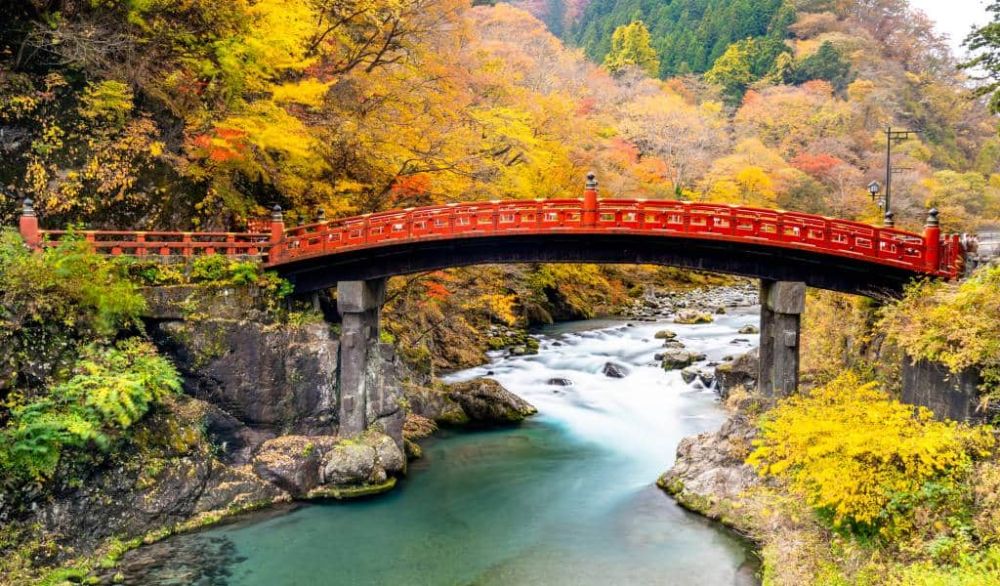

The history of Nikko, Japan as a tourist destination is closely linked to its cultural and religious heritage. Located in Tochigi Prefecture, roughly two hours north of Tokyo, Nikko has been a centerpiece of Japanese spirituality and nature worship for many centuries. The area is renowned for its stunning natural beauty, including waterfalls, mountains, and hot springs, as well as its rich historical and cultural sites.
Tourism in Nikko has its roots in pilgrimage. Toshogu Shrine, the mausoleum of Tokugawa Ieyasu, the founder of the Tokugawa shogunate, is a pivotal landmark that has attracted visitors since the Edo Period (1603-1868). The shrine complex and the surrounding temples, including Rinno-ji and Futarasan-jinja, constitute the "Shrines and Temples of Nikko," which were collectively designated as a UNESCO World Heritage site in 1999.
The development of Nikko as a tourist destination accelerated with the advent of the railway in the late 19th century. The establishment of Nikko National Park in 1934, one of Japan's first national parks, marked another significant milestone, showcasing the country's commitment to preserving its natural landscapes and cultural treasures.
After World War II, Nikko experienced a boom in domestic tourism as Japan's economy recovered and personal incomes grew. In the late 20th century, international tourism to Nikko began to increase, further boosted by Japan's overall rise as a global travel destination.
In recent years, Nikko has embraced sustainable tourism practices, recognizing the importance of preserving its cultural and natural heritage for future generations. Efforts to protect the environment while accommodating the needs of travelers have been implemented, such as limiting car traffic in sensitive areas and promoting eco-friendly tours.
Agri-tourism and cultural experiences have also grown in popularity, with visitors enjoying farm stays, local cooking classes, and traditional craft workshops. The region is also a popular location for outdoor activities such as hiking, with trails like the Nikko Natural Science Museum route offering informative and immersive experiences in the park's diverse ecosystems.
Nikko's events and festivals continue to be a draw for tourists. The annual Yayoi Festival in April and the Shuki Taisai Grand Autumn Festival in October are vibrant celebrations of local culture and history that offer a glimpse into Japan's traditions and community spirit.
As travel preferences evolve, Nikko's tourism industry adapts to offer a blend of historical, natural, and contemporary experiences. With its enduring appeal, Nikko remains a jewel in Japan's cultural and natural landscape, captivating visitors from around the globe year after year.